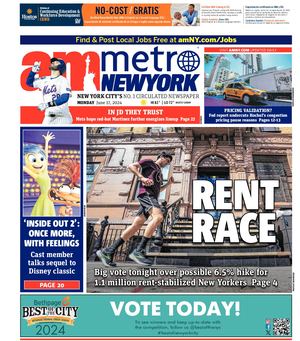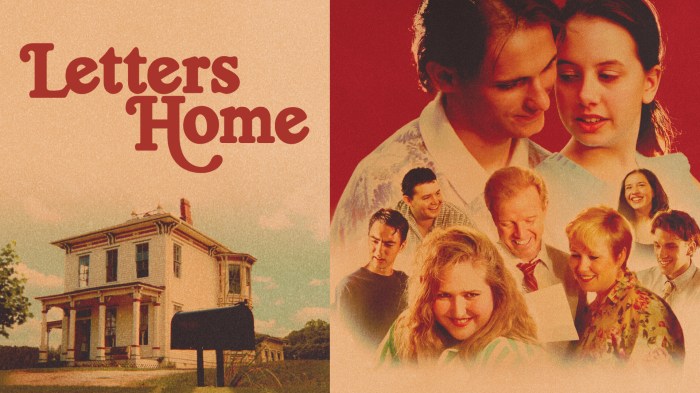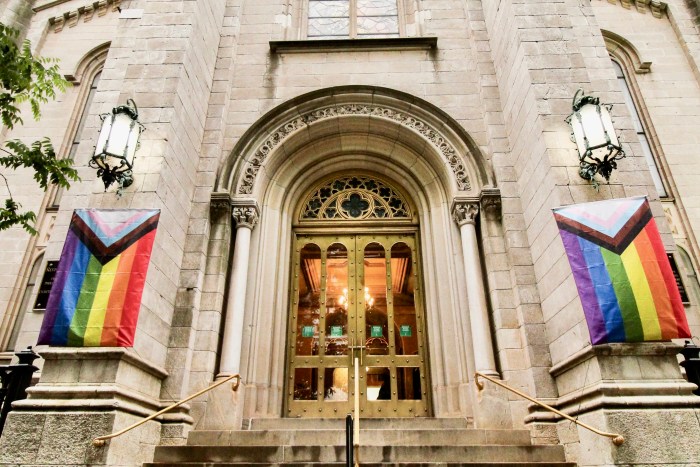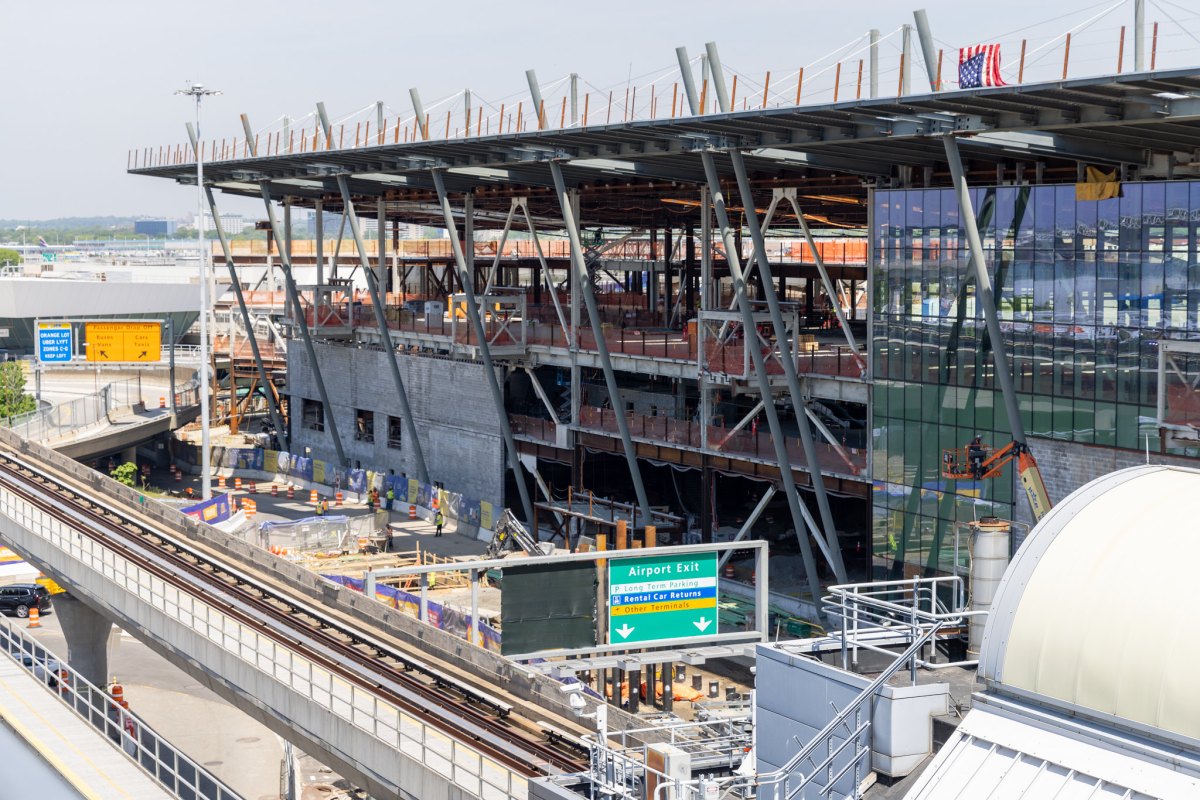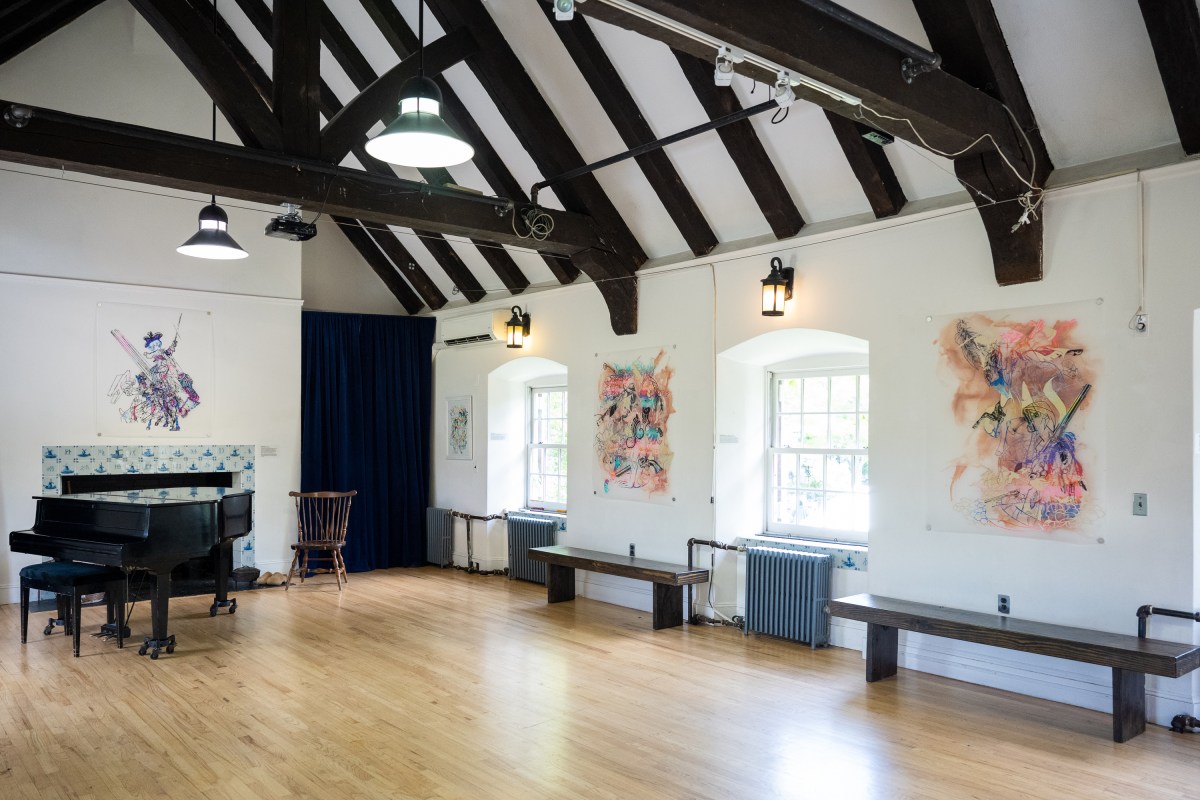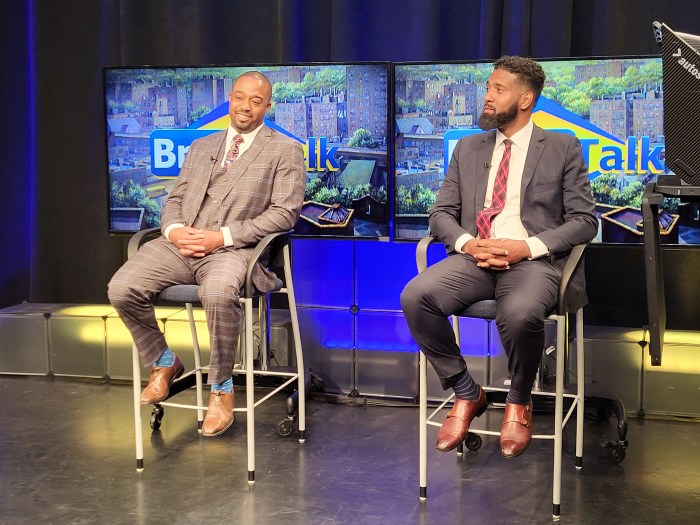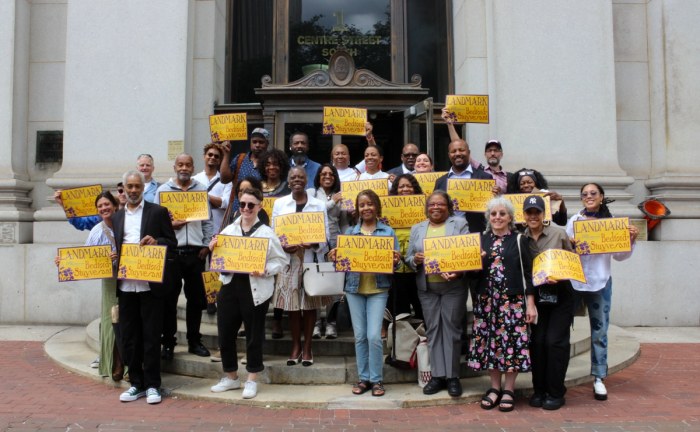by Jefferson Siegel
The bike revolution will not be televised, but it’s likely to wind up on YouTube with many, many comments from Downtowners.
The city’s Dept. of Transportation has moved aggressively to expand cycling lanes throughout the city and the changes have inspired critics and supporters to post comments frequently in the blogosphere. The new protected lane on Grand St. is seen by some as a nightmare, and others as a golden experiment providing an opportunity to expand the safer lanes to narrower streets around the city. The critics also say Grand is another example of D.O.T. pushing forward with plans despite community opposition.
Councilmember Alan Gerson of Lower Manhattan says the initials could just as well stand for the “Dept. of Tyranny,” and that whether it is bike lanes, intransigence on adding traffic lights, or ignoring small businesses, every neighborhood in his district has complaints about the agency.
“They’re undermining their good programs with plans that generate so much raw anger,” Gerson said in a telephone interview. “I have never seen so much anger at one department from so many different people on so many different issues.”
He joined a rally a week ago outside the D.O.T.’s Downtown office in which the Chatham Sq. traffic plan, the lack of traffic lights at the intersections of Greenwich and Duane Sts. and Houston and Wooster Sts., the bike lane on Grand St. and the one through a narrow pedestrian area in City Hall Park were among the projects that drew protest.
But the agency, which has been resistant to explaining its positions at length and refused interview requests for this article, also has its strong defenders who rave about the new plans implemented by Commissioner Janette Sadik-Khan.
Charles Komanoff, a cycling advocate and transportation analyst, came to the rally to support D.O.T., although the Tribecan thinks the agency is wrong on the Greenwich St. light.
As the crowd of a few dozen chanted “whose streets, our streets,” Komanoff mockingly said “cars’ streets” instead.
“The tyranny is the tyranny of the automobile,” Komanoff said later. “For God’s sakes, give the [Grand St.] bike lane six months or a year. If it’s found wanting, make some changes.”
Ian Dutton, vice chairperson of Community Board 2’s Traffic and Transportation Committee, agreed.
“Finally we have an administration that says we can’t continue to force as many cars as possible into our neighborhoods,” he said. He agrees with Gerson and others who want a bike lane on wider Houston St., but he said the push to get one came too late in the street’s reconstruction planning, and Grand St. is much safer.
He said lanes like Grand can be done much cheaper than the protected Ninth Ave. bike lane which has concrete barriers and special traffic lights. Dutton said the department continues to monitor Grand St. and make adjustments.
Pak Lew, who owns Lendy Electric Equipment Supply on Grand St., said he saw officials from the Fire and Transportation Department’s two weeks ago testing whether fire trucks had enough room to turn onto Grand St. Lew said his understanding is that a few parking spots near the curbs will be removed to make more room for emergency vehicle turns, and Gerson said he has heard the same thing from the city.
“It’s outrageous D.O.T. would make changes in street configuration without a thorough analysis and testing,” Gerson said of the changes that were made two months ago. “That’s outrageous and crazy.”
Seth Solomonow, a D.O.T. spokesperson, in a prepared statement, acknowledged that the department made unspecified changes to the lane after meeting with the F.D.N.Y., and said there are no plans for any more adjustments.
The bike lane is intended to help make the city more green, but ironically, it may also be encouraging a few more people to drive to work. Lew said some of his employees are taking advantage of the new free, all-day parking that acts as a shield for cyclists.
“Some of my workers come in early to park,” he said. “They never came so early before.”
Lew said the bike lane is hurting business because non-commercial drivers have trouble finding parking. There are benefits, though, beyond a more punctual staff. He said many of his customers are contractors and have an easier time finding parking with their commercial vehicles.
Many of his fellow merchants would like to see the lane go away, but Lew said he could live with it as long as there are more adjustments made, such as putting metered parking on the south side of the street to make it more accessible to customers. He thinks a few more spots should be taken away so large vehicles have more room to make turns.
“A lot of [parked] cars are getting hit, especially at the tail end,” he said.
On three recent visits to the street on a Saturday and two weekdays, there were several instances of large vehicles having trouble making the turn and drivers turning behind parked cars they mistakenly thought were just stuck in traffic.
Many people said the street was never plowed after last week’s snow storm — adding insult to injury to the lane’s opponents who wonder why a lane was set aside if it will be closed during most of a storm-riddled winter.
The city’s Sanitation Dept. referred the matter to D.O.T. Solomonow in his statement, said Sanitation has special equipment to plow the lanes, but he did not explain why it was not done on Grand.
Lew, the business owner, attended community board and other meetings on the new lane since the summer, but he said many of his friends on the street which intersects Chinatown, Little Italy and Soho were in the dark. Many Chinese merchants don’t speak English.
Lew pulled out a D.O.T. PowerPoint on the subject and asked “You tell me, is there any Chinese in there — any Italian?” He showed a one-page sheet on the plan written in Chinese, but he said the agency has not responded to his requests to translate the more detailed PowerPoint.
One of the debates within the Grand St. community is whether there used to be two lanes of traffic or one. Lew explained the confusion.
“It was a semi- two-lane situation — there was room for breakdowns,” he said. By setting the precise amount of space needed for drivers, parkers, and cyclists, it means that any mishap leads to congestion problems, he added.
Cycling advocates say the problem with the old one-and-a-half lanes of traffic was cars were always jockeying for position, and now things are less chaotic.
“Grand St. was congested in 1890,” said Wiley Norvell, a spokesperson for Transportation Alternatives. “It was congested two months ago and it will be congested tomorrow, but its orderliness and safety has pretty dramatically improved.”
D.O.T. says that since 2003, there have been an average of 23 significant accidents and more than 14 pedestrians injured a year on Grand St., and a total of 23 bicycle accidents over the entire period.
But Sean Sweeney, leader of the Soho Alliance, said, “we have a transportation commissioner who is a Robert Moses in a skirt. Where Moses destroyed communities wholesale, this commissioner is doing it piece by piece. We want oversight and input.”
He said cyclists who feel unsafe should “move back to the suburbs…I’m a cyclist and I don’t need it. It lulls you into a false sense of security.”
Sweeney said he bikes on occasion. Conversely, Dutton, the cycling advocate from C.B. 2, said he drives on occasion and Grand St. is now better for cars.
“I feel like it’s a much less stressful street,” Dutton said. “I can see pedestrians better [when I drive].”
The plan did pass Board 2 overwhelmingly, but Sweeney, also a member of the board, said it was because the Transportation Committee “is controlled lock, stock and barrel by Transportation Alternatives.”
Dutton, the committee’s vice chairperson, said he is a member of the advocacy group but he and his colleagues on the board are responding to decades of traffic problems on the block.
He rejects the notion that bike lanes hurt businesses, saying many pedal to run their errands. He remembers hearing from businesses worried about D.O.T.’s Summer Streets program. The August event closed nearly 7 miles of streets three Saturday mornings to allow bikers and pedestrians to go from Lower Manhattan to Central Park via Lafayette St. and Park Ave. without worrying about motor vehicles.
“There is a mentality that cars are king, that cars are key to commerce, which I think is false,” Dutton said. “When Summer Streets came up businesses said ‘what am I going to do without a traffic jam outside and instead have tens of thousands of people walking in front of it?’”
Still D.O.T. was criticized for unveiling the plan less than two months before it was to start and after it was a fait accompli. After making a presentation at a sparsely attended Community Board 1 meeting in mid-June, D.O.T. officials requested Downtown Express hold the story for another week, so as to not step on the big public announcement. The paper denied the request.
Komanoff said the agency could show “a little more sensitivity” because it allows critics to nitpick and block the larger important goals of limiting the need for cars. “Without fundamental change,” he said “the losers are going to be pedestrians and cyclists and in the log run, the economy.”
With reporting
